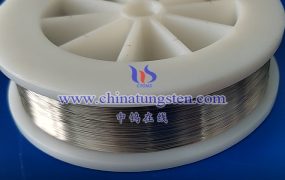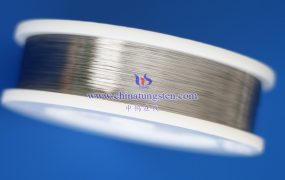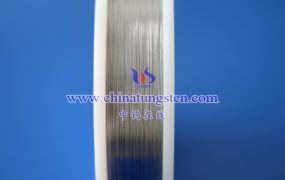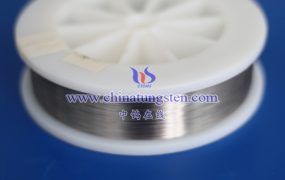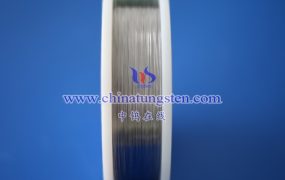The grain structure of tungsten wire has a significant impact on its performance, which is mainly reflected in the following aspects:
- Impact on mechanical properties
Strength and hardness:
Grain refinement can generally improve the yield point, fatigue strength, plasticity and impact toughness of tungsten wire. Because the finer the grain, the more grains with different orientations, the longer the total length of the grain boundary, and the greater the resistance to dislocation movement, thereby improving the strength and toughness of tungsten wire.
However, for some specific applications, such as high-temperature alloys, it may be desirable to obtain uniform medium grains to balance strength and toughness.
Processing performance:
During the drawing process of tungsten wire, the grains will deform along the drawing direction and present a fibrous structure. This structure makes the tungsten wire prone to splitting when broken, and the thin diameter tungsten wire has a small amount of elongation due to the increased contact interface between the grains, and can be bent and formed in a cold state.
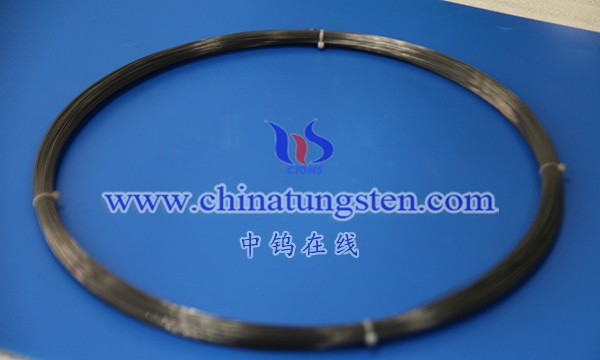
- Impact on thermal stability
Recrystallization temperature:
Tungsten wire will undergo recrystallization when working at high temperature. The fiber structure after recrystallization becomes equiaxed crystals, and the grain size increases with the increase of temperature. Abnormal growth of grains may affect the thermal stability of tungsten wire
By adding specific additives (such as KO, A12O3, SiO2, etc.) during the powder metallurgy process, dispersed fine particles can be formed to block the lateral growth of grains, increase the recrystallization temperature of tungsten wire, and thus improve its thermal stability.
Thermal expansion coefficient:
Although the direct effect of grain structure on the thermal expansion coefficient of tungsten wire is not obvious, the size and distribution of grains may affect the overall thermal properties of tungsten wire, and then affect its dimensional stability and thermal stress distribution at high temperature.
- Influence on electrical conductivity
As a conductor, the electrical conductivity of tungsten wire is closely related to the grain structure. Generally speaking, tungsten wire with an ordered crystal structure has better electrical conductivity. However, amorphous tungsten wire may also exhibit excellent electrical conductivity due to its more compact and uniform atomic structure, especially under certain specific conditions.
- Influence on corrosion resistance
The size and shape of grains may affect the corrosion resistance of tungsten wire. Tungsten wire with coarse grains may be more susceptible to intergranular corrosion, resulting in a decrease in stress corrosion resistance. Tungsten wire with fine grains may have better corrosion resistance due to the longer total length of grain boundaries.
More details of tungsten wires, please visit website: http://tungsten.com.cn/tungsten-wires.html
Please contact CHINATUNGSTEN for inquiry and order of tungsten needles:
Email: sales@chinatungsten.com
Tel.: +86 592 5129595

